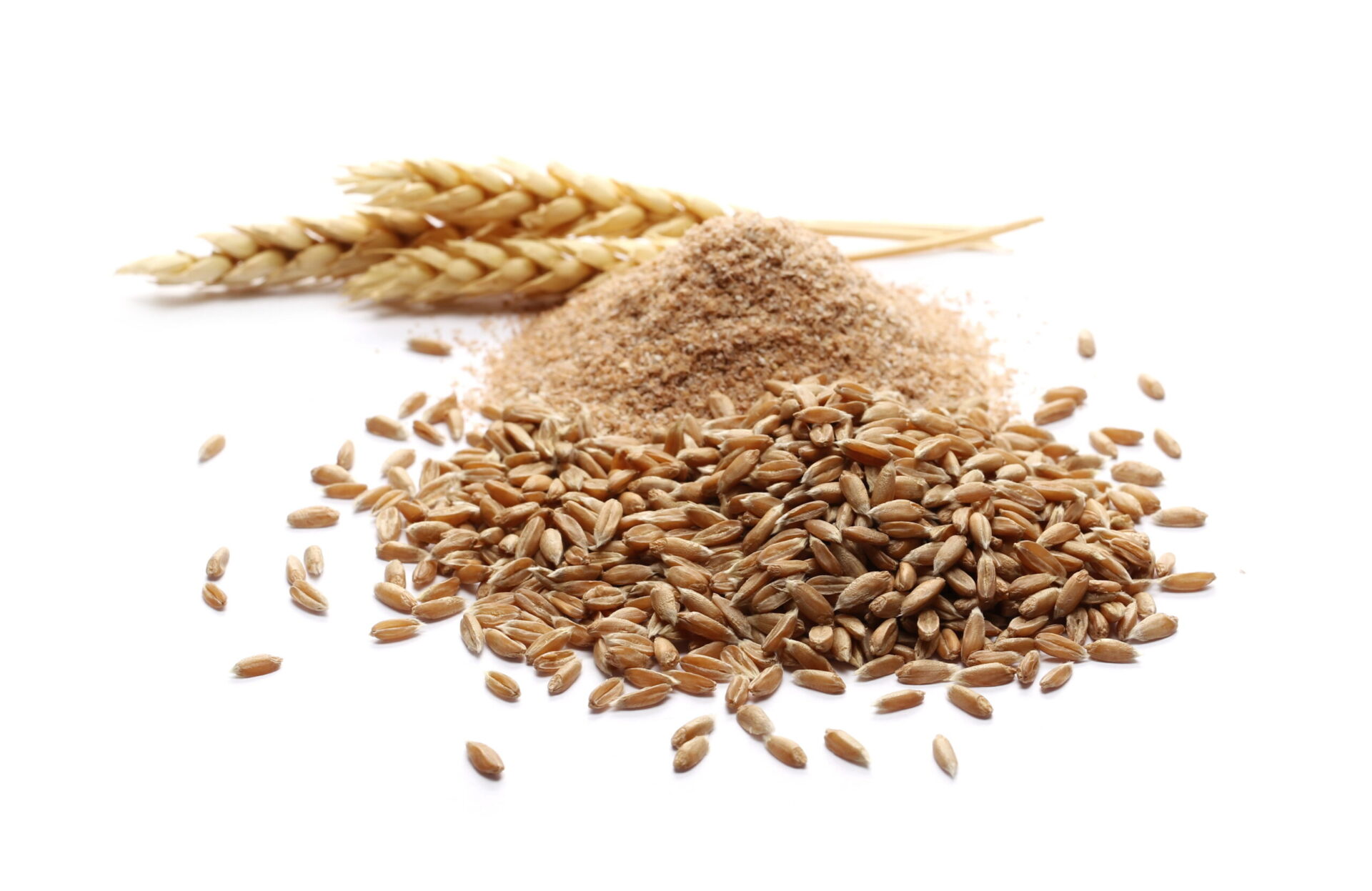Fiber is known to be associated with health benefits, but a new study shows that certain types of fiber have more positive effects than others.
Cereal fiber, more than fruit or vegetable fiber, was associated with lower levels of inflammation and a reduced risk for cardiovascular disease in older adults. Cereal fiber is found in bran, brown rice, seeds, barley, whole wheat bread, and other whole grains. It does not, however, include sugary, boxed cereals.
Dietary fiber includes the parts of foods that your body cannot absorb. Your body can break down and absorb most food components – fats, proteins, and carbohydrates – but fiber cannot be digested. Instead, the fiber in food simply passes through the intestine and absorbs water creating bulk so the muscles in the intestine can push waste out of the body.
The association of dietary fiber consumption with inflammation and cardiovascular disease was measured by following more than 4,100 older Americans every six months over 16 years. Just under 2,000 cases of cardiovascular disease had occurred among participants of the study. Researchers found that consuming an additional five grams per day more of total fiber and cereal fiber was associated with lower inflammation and risk for cardiovascular disease.
A diet high in cereal fibers is associated with a number of health benefits.
Image Source: fcafotodigital
An earlier study similarly found that cereal fiber specifically is responsible for the most significant benefits. This study evaluated nearly 400,000 participants over nine years. Those who ate the most fiber – 26 grams per day for women and 29 grams per day for men – were 22% less likely to die from any cause than people who ate the least fiber – 11 grams per day for women and 13 grams per day for men.
Lawrence de Koning, Ph.D. and Frank Hu, M.D., Ph.D. from the Harvard School of Public Health have suggested that cereal fiber itself may not be the source of health benefits. Rather fiber acts as a natural package of nutrients, including vitamins, minerals, antioxidants, and zinc, that protect our bodies from the damage and inflammation that comes with diseases such as heart disease.
Food with intact whole grains that still have the nutrient combination found in nature is likely the source of health benefits. Processed foods, on the other hand, often lose their nutrients and fiber and then go through a process of fortification to bring them back – a common way boxed cereals are produced. Therefore, a diet with more natural and direct sources of fiber and nutrients is likely healthier than other, more processed diets.
There are many ways to create a more fiber-rich diet. For breakfast, you can choose a higher-fiber breakfast cereal that contains five or more grams of fiber a serving. The cereals should contain whole grain or bran.
You should also consume at least half of your grains as whole grains. That means eating brown or wild rice instead of white rice, and using whole wheat bread over other types. Experimenting with alternatives can be both fun and beneficial to your health.
Featured Image Source: dule964










